Unlocking Success: The Impact of Strategic Staging and Captivating Photography for Short and Long-Term Vacation Rentals
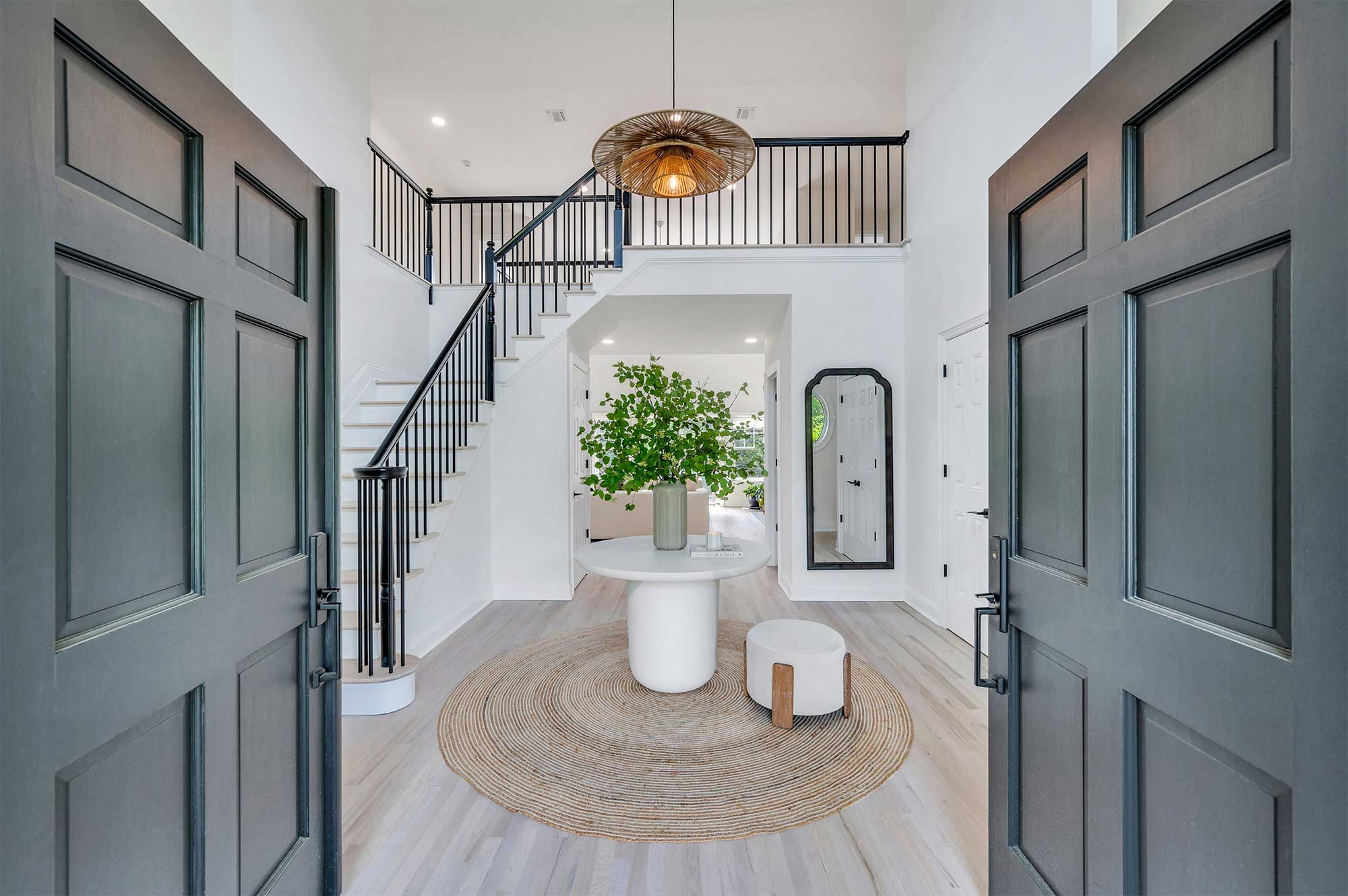
Many arguments, criticisms, and praises can be made either against or in favor of social media's ever-evolving landscape. Still, one thing is certain—our attention spans are dwindling. With our continuous and daily consumption of digital advertising, media, and content across various widely used platforms, the demands of engagement have become immobilizing. The expectations and requirements of visual intrigue have become so distinctly refined that the cost and importance of creating alluring and captivating imagery can be difficult to accept.
When it comes to renting your home—especially for short-term stays—photography is everything. Photos represent the first and often the only chance to make a lasting impression on potential renters, who frequently decide based on images alone without visiting the property first. That's why preparing your home for a professional photoshoot is crucial. Staging not only enhances the visual appeal of your space but also highlights its best features, ensuring your home is marketed in the best light possible.
The Critical Role of Photos in Vacation Rentals
In the competitive world of vacation rentals, high-quality photos can make or break your listing. Stunning images grab attention, entice renters, and ultimately lead to more bookings. An effective photoshoot is your opportunity to showcase the unique charm of your home, creating a visual narrative that resonates with potential guests.
When prospective renters browse listings, they're looking for a place that feels welcoming and appealing. Great photos can evoke emotions and convey a lifestyle, allowing renters to imagine themselves in the space. If your home isn't staged to look its best, it risks being overlooked in favor of more visually compelling options.
Why Staging Matters
Staging is the art of transforming your home into a showcase. Here's how it can enhance your property's appeal:
- Creating a Welcoming Atmosphere: Staged homes exude warmth and charm, inviting potential renters to envision their stay. Thoughtfully arranged furniture and decor can evoke feelings of comfort and relaxation.
- Highlighting Functional Spaces: Proper staging helps define each area of your home, showcasing its functionality. By illustrating how different spaces can be utilized—like a cozy reading nook or a stylish dining area—you give renters a clearer picture of their experience.
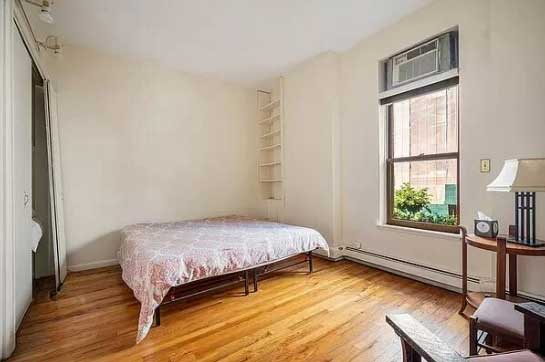

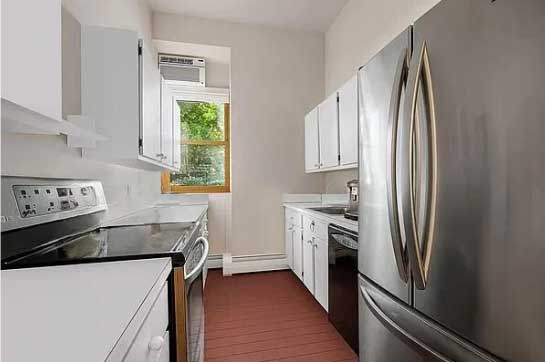
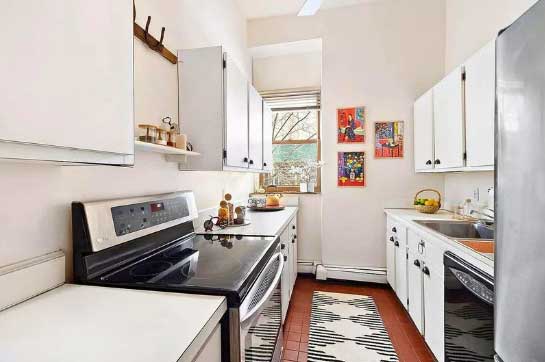
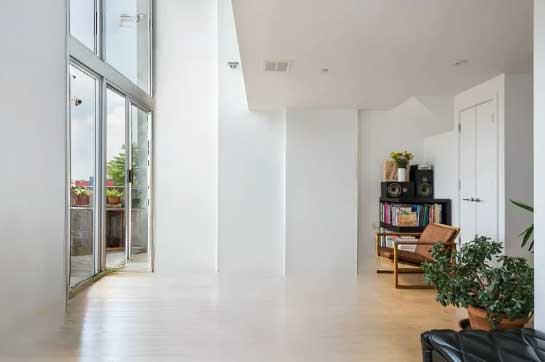
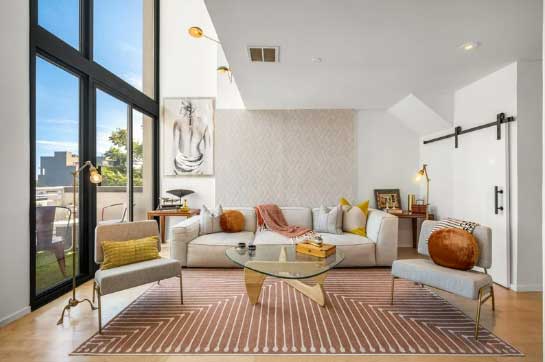
Effective Staging Techniques for Your Photoshoot
Different homes require different staging approaches. Here are some techniques to consider:
- Contemporary Homes: Use minimalist furnishings and a clean color palette to emphasize sleek lines and open spaces. This approach will make your home feel modern and inviting.
- Historic Homes: Incorporate period-appropriate furniture and accessories that accentuate the home's architectural charm. This creates a cohesive narrative that respects the property's history while appealing to contemporary tastes.
- New Construction: A neutral palette and sophisticated decor can help potential renters envision their own style within the space, making it easier for them to connect with the home.
- Smaller Spaces: Focus on maximizing functionality through strategic furniture placement. Highlight how each area serves a distinct purpose, making the home feel larger and more versatile.
DIY Staging on a Budget
If you're looking to save costs, staging doesn't have to be expensive. If your furniture is in good condition, refreshing the space with new decor and accessories can create a significant impact without breaking the bank. However, be prepared to invest time and effort into arranging everything to ensure your home looks its best for the photoshoot.
Avoiding Common Staging Mistakes
- Mismatch with Architectural Style: Ensure your staging complements your home's style. A historic property adorned with modern furnishings may feel out of place, while a contemporary home benefits from sleek, minimal decor.
- Overlooking Versatility: Staging should demonstrate how spaces can be adapted for different uses. Showcasing various styles and arrangements can illustrate the home's flexibility, appealing to a broader range of renters.
- Neglecting Attention to Detail: Little touches matter—consider fresh flowers, neatly arranged accessories, and decluttering to create a polished look that stands out in photos.
Leveraging Existing Furniture Wisely
Many homeowners consider using their existing furniture for staging. While this can save time, it's essential to assess which pieces enhance the overall aesthetic. Professional stagers often recommend keeping some existing items while removing others to achieve the best visual impact. The ultimate goal is to create a cohesive look that draws potential renters in.
Conclusion
Preparing your home for a photoshoot is not just an optional step—it's a crucial part of the rental process that can significantly influence your success. Stunning photos, achieved through thoughtful staging, are your best opportunity to make a memorable first impression. By investing time in preparing your home, you can showcase its unique features and create a compelling visual story that resonates with potential renters, ultimately leading to more bookings. Don't underestimate the power of a great photo; it could be the key to unlocking your rental's full potential. Happy staging!
About the Author
Jeremy Kamm is a licensed real estate salesperson with Coldwell Banker Warburg in New York City, and the founder of RubriK Staging Co. This amalgamation has helped Jeremy achieve record-breaking sales for both his clients and his colleagues' clients alike.
Jeremy has more than 15 years of combined sales experience from retail to real estate. He has represented buyers and sellers in purchases and sales, from one-to-three-bedroom-plus co-ops, condos and single-family homes throughout Manhattan, Brooklyn and the Bronx, with a total sales volume in the tens of millions. As a native New Yorker, Jeremy can confidently navigate various markets and neighborhoods throughout the city.
Jeremy prides himself on knowing how to directly interpret a client's tastes and preferences, enabling him to deliver exemplary customer service and cultivate trust and confidence. Jeremy's clients and peers regard him for his artistic nature, attention to detail, and keen eye for design - an invaluable asset that seamlessly translated with him into his real estate career.